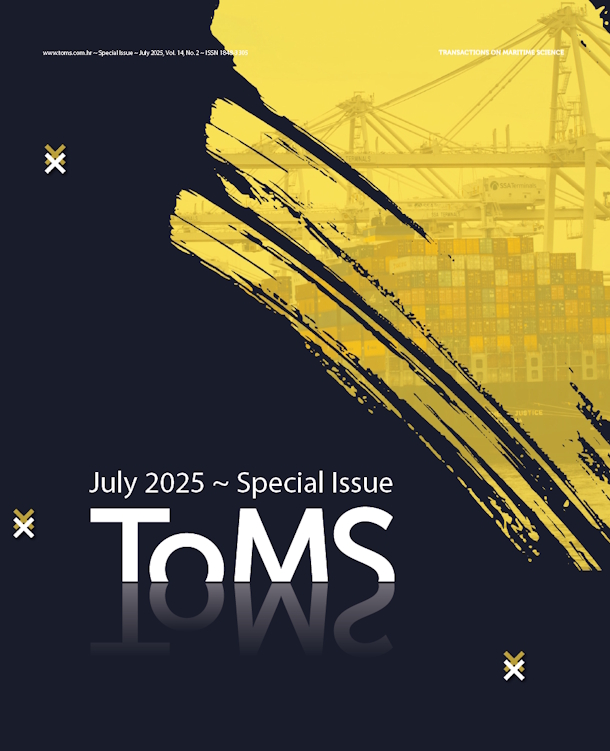Integrating Hyperspectral Imaging and the Spectral Angle Mapper Algorithm for Sustainable Biofouling Management along the Qatar coast
DOI:
https://doi.org/10.7225/toms.v14.n02.s01Keywords:
Biofouling, Barnacle, Marine litter, Hyperspectral imaging, Spectral angle mapper, QatarAbstract
Globally, non-indigenous biofouling organisms are recognized as serious threats to biodiversity, economy, and human health. Our recent study confirmed that biofouling organisms associated with marine structures and litter along the Qatar coast pose significant ecological and economic concerns. Effective management of biofouling requires detection and classification methods. In this context, this study integrates hyperspectral imaging (HSI) and spectral angle mapper (SAM) algorithm to address marine biofouling issues sustainably. HSI provides a non-invasive, high-resolution approach to capture the spectral signatures of various biofouling organisms, while the SAM algorithm enables accurate classification by comparing spectral similarities. Sampling of biofouling organisms associated with marine structures and litter along the Qatar coast was conducted during December 2024. The hyperspectral images of the collected samples were captured using a VNIR (400–1000nm) hyperspectral camera. Atmospheric correction, noise reduction, and normalization were applied to account for varying illumination conditions. The SAM algorithm applied to the HSI classified each pixel based on the angle between its spectral vector and reference spectra of known biofouling species. Classification results were validated against ground truth data using metrics such as overall accuracy and confusion matrices. Distinct spectral signatures were identified for major biofouling types, including barnacles, mollusks, and algae. Pre-processing minimized spectral overlap between closely related species. The SAM algorithm achieved an overall accuracy exceeding 90%, with particularly high accuracy for barnacles. Its robustness was demonstrated under varying light conditions. This study highlights the effectiveness of interesting HSI and SAM algorithm for detecting and classifying biofouling monitoring, contributing to sustainable coastal management. Future work will focus on incorporating machine learning classifiers to enhance discrimination between closely related species.
Downloads
Published
How to Cite
Issue
Section
License
Copyright (c) 2025 Transactions on Maritime Science

This work is licensed under a Creative Commons Attribution 4.0 International License.













